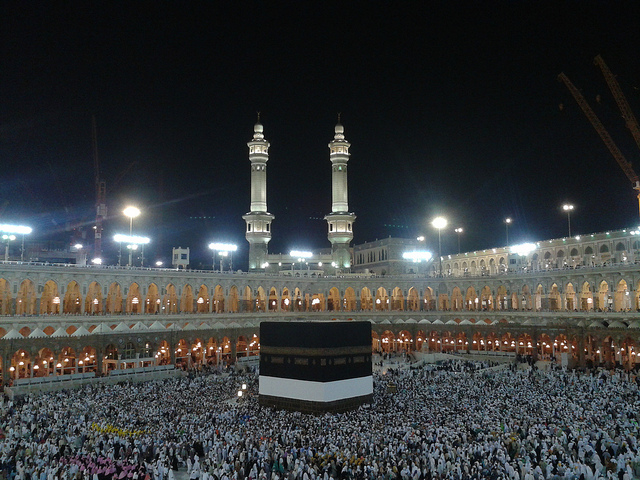
RNA - Many in the Central Asian nation believe the ban is an attempt to prevent young Tajiks from developing radical ideas and joining extremist groups such as ISIL.
The government's Committee for Religious and Cultural Issues announced the hajj restriction on April 13.
The committee said it is intended to give older Muslims a greater opportunity to undertake the hajj, as Saudi Arabia limits the number of pilgrims from each country annually.
Saudi Arabia earned an estimated USD 16.5 billion from pilgrimage rituals of Hajj and Umrah in 2012, a 10 percent increase compared to the previous year.
Rahmon's government has repeatedly called for the strengthening of secular principles in the mostly Muslim country of 8.5 million.
Every year Tajikistan's committee for religious affairs compiles lists of citizens willing to observe the annual hajj to the sacred Muslim cities of Mecca and Medina, located in Saudi Arabia, which annually issues the hajj quotas for foreign and domestic pilgrims.
In previous years, up to 8,000 citizens of Tajikistan, which has a population of around eight million people, completed the hajj. However, Saudi Arabia, seeking to counter the hajj stampede, decided to reduce these quotas this year.
"This year, only 6,300 quotas have been issued by Saudi Arabia to Tajikistan," the committee said.
Tajikistan has banned headscarves for schoolgirls, barred minors from mosques, and forced thousands of students to return home from Islamic schools abroad in recent months amid reports that many Tajiks have joined fighters in Iraq and Syria.
R111/108/A/